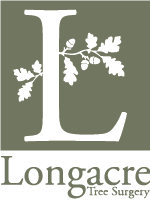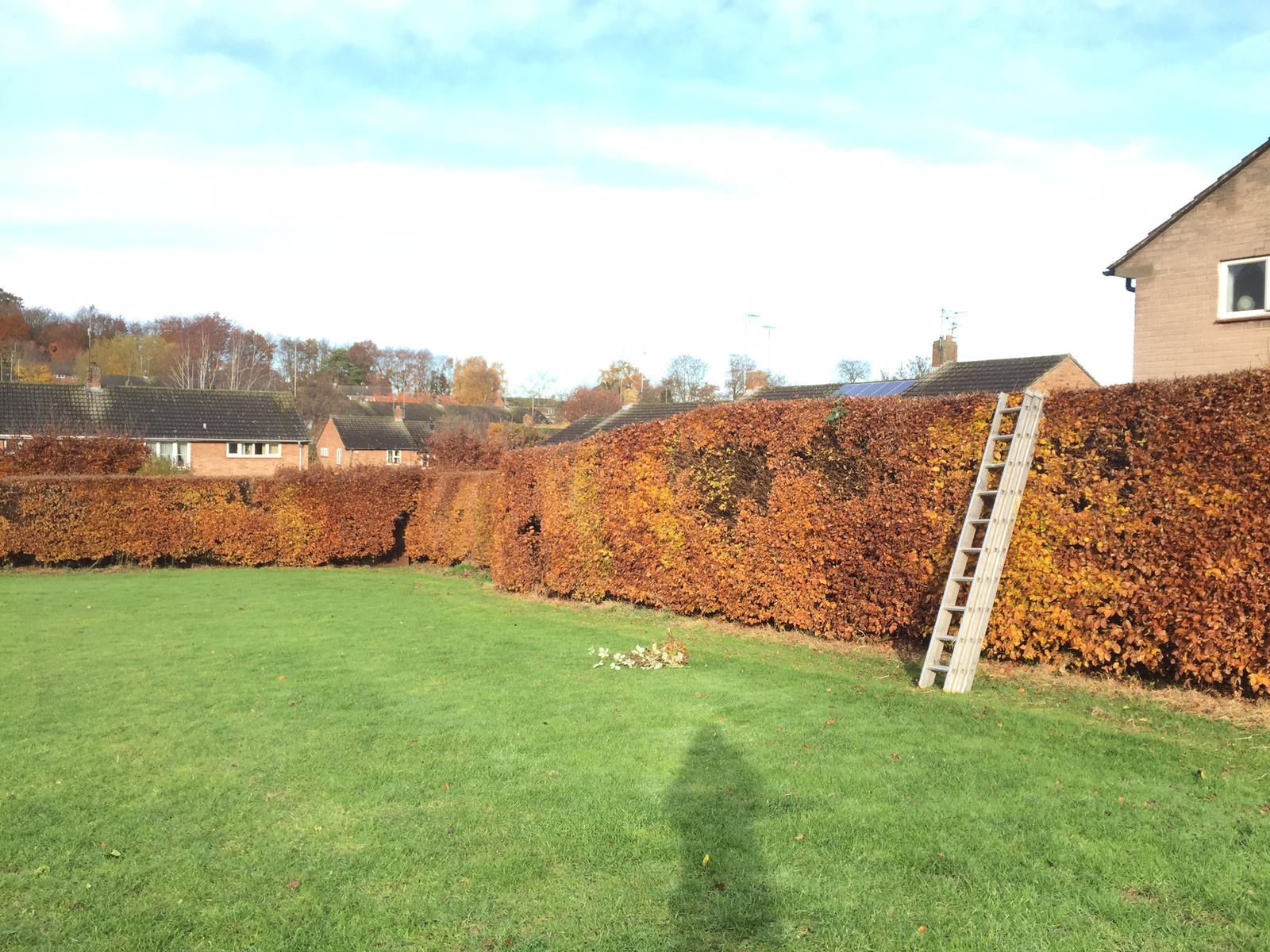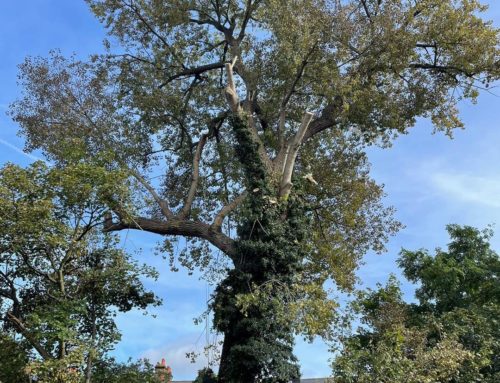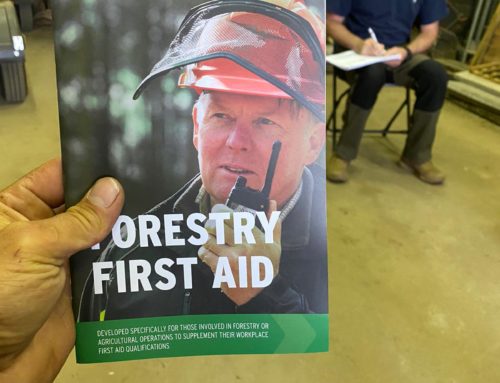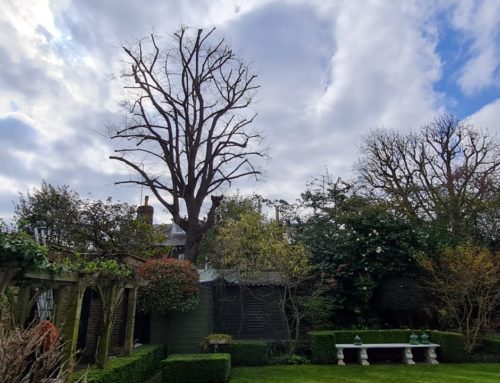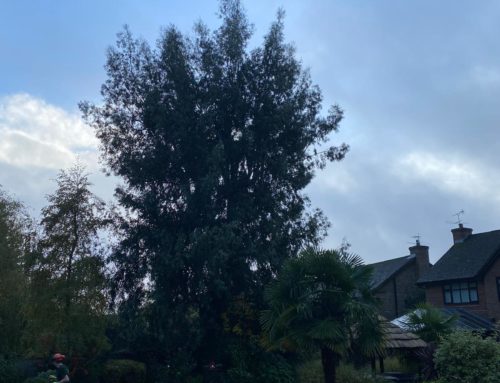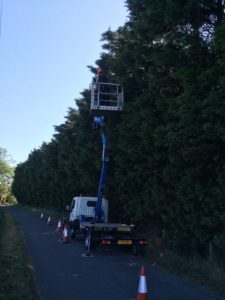 As qualified tree surgeons, hedge cutting and trimming is a big part of the tree service work we offer here at Longacre. We are equipped to deal with small hedges, right through to extremely tall, large hedges. Our staff love a day up in a Cherry Picker cutting back tall hedges like these beech and leylandii hedges.
As qualified tree surgeons, hedge cutting and trimming is a big part of the tree service work we offer here at Longacre. We are equipped to deal with small hedges, right through to extremely tall, large hedges. Our staff love a day up in a Cherry Picker cutting back tall hedges like these beech and leylandii hedges.
We often get calls from clients in the height of summer, when hedges are in full bloom and growing furiously, asking us to come and cut back their towering hedges and turn them into something a lot more manageable.
We’re always happy to carry out the work where possible, but did you know that it’s actually best to get all of your Hedge Cutting done once summer ends in August, through to the end of March just as Spring starts to take hold. It’s very unlikely that many Hedges can be cut during the Spring and Summer.
Wondering why? Well, there are certain laws to be aware of when it comes to Hedge Cutting, to restrict damage to existing bird nests. According to section 1 of the Wildlife and Countryside Act 1981, it is actually an offence to intentionally take, damage or destroy a wild bird nest whilst in use or being built and to intentionally tamper with live birds or their eggs whilst nesting.
This means that if there is an active birds nest in a hedge or tree, the work cannot be carried out until nesting has ended.
Most gardens hedges will have birds nesting in them at some point. Birds are great for any garden as they eat slugs and snails and insects and they add to sustainable ecology of any garden. They thrive in overgrown hedges and love nothing more than hiding their nests.
March and August is prime bird breeding season, so it’s best to try and avoid hedge cutting during this time, although best practice is always to check for any existing nests before starting work.
There are some exceptions to these laws for hedging on farms and other commercial properties, including if a hedgerow overhangs a highway, road or footpath over which there is a public or private right of way and the overhanging hedgerow obstructs the passage of, or is a danger to, vehicles, pedestrians or horse riders; if the hedgerow is dead, diseased, damaged or insecurely rooted and is likely to cause danger by falling on to a highway, road or footpath; or obstructs the view of drivers or the light from a public lamp.
It may also be necessary to carry out hedge-laying or coppicing during the period 1 March to 30 April (inclusive); or to trim a newly laid hedgerow by hand, within 6 months of it being laid. In these instances, permissions would need to be sought from relevant agencies to be able to carry out the work, before work commences.
If you are considering having hedges cut, either by a professional or yourself and you’re not sure whether there are birds nesting or not, then our advice would always be to get in touch with a professional company such as ourselves who can advise.
For more info on our Hedge Cutting Services or to get us booked in, then please do get in touch
